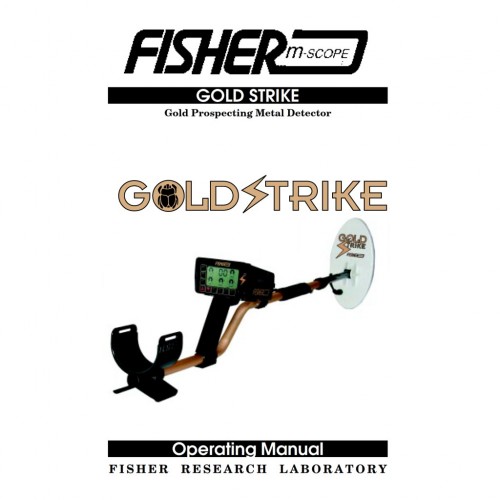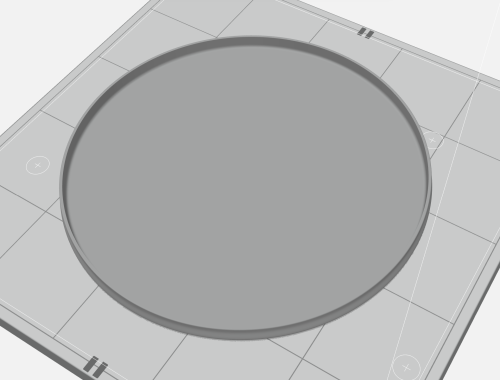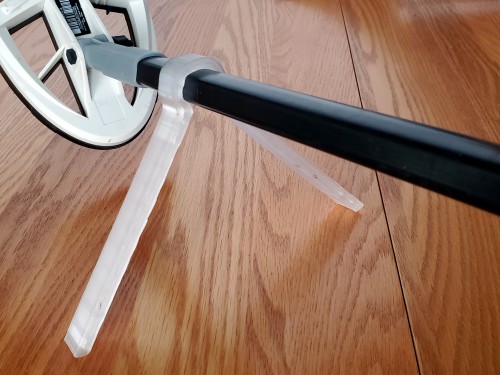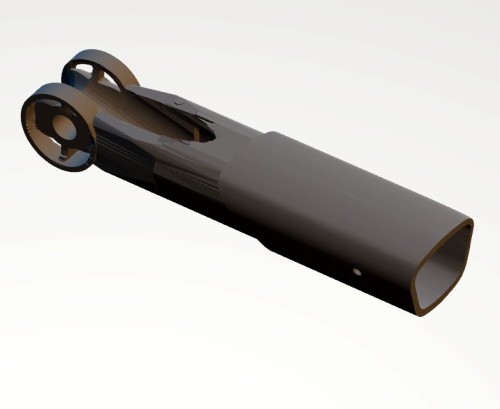The QED Metal Detector was first released in late 2016. It was known as the QED PL1 and had only three control buttons on the forward mounted control box. Mid 2018 saw the release of the improved current version, the QED PL2. The QED is a ground balancing pulse induction (GBPI) metal detector aimed primarily at the gold prospecting market. The QED is currently only available for sale in Australia.
"The QED design philosophy was to “to create a performance competitive detector at a realistic price for fellow prospectors”. The result is a single channel Pulse Induction metal detector that’s very well priced in relation to its competitors and has the performance to match the current tier 1 metal detectors of all other brands; you can swing it all day without a harness and bungy and the supplied LiPo batteries last all day." Source: Interfacion website
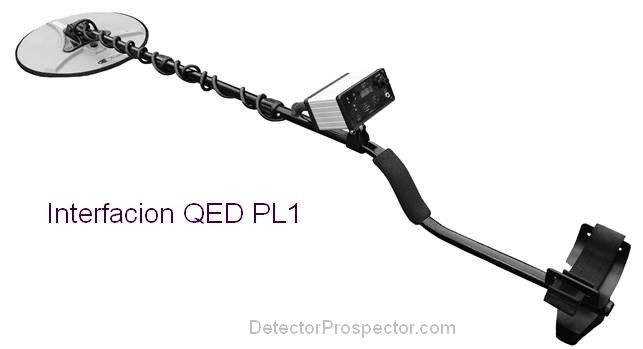
Interfacion QED PL1 metal detector

Interfacion QED PL2 metal detector
Features on both the PL1 and PL2 versions of the QED:
- It can use most of the past and present Mono (round or elliptical) coils, either flat wound, bundle wound, spiral wound or conventionally wound from all of the major coil manufacturers.
- It has a 5-year Industry high retrospective Manufacturer’s warranty on the QED control box/boxes, which commences from the original purchase date and is transferable.
- All Software updates are cost-free to units within the warranty period, however the QED Detector owner is responsible for all transport costs to and from the QED Manufacturer (INTERFACION PTY LTD).
Features on the QED PL2 model only:
- The main box re-located to under the elbow and the Control Box located forward for better weight distribution and better ergonomics
- 8 Modes increased to 15 Modes to improve performance over heavily mineralised ground
- The addition of Mode 16 for beach detecting
- The addition of the Automatic Ground Balance (AGB) function via a newly introduced fourth control button
Official Interfacion QED website
Owner's Manuals for QED PL1 and QED PL2
-
 1
1







